The “Global Agricultural Equipment Market 2024” report, available from ResearchAndMarkets.com, offers in-depth insights into the evolving agricultural equipment industry. The global market for agricultural machinery is expected to grow at a rate of 3.6% annually, reaching a value of $216 billion by 2028. In terms of units, the market for farm machinery will expand by 1.5% annually, hitting 8.2 million units.
Although the near-term outlook is tempered by factors such as the significant volume of farm machinery sold since 2020 and elevated equipment prices, the overall market is expected to experience improvements later in the forecast period. Several factors will contribute to this growth, including rising agricultural output, increased international trade, and the substantial replacement needs in mature markets. As these markets age, there will be heightened demand for replacement parts and machinery. Additionally, the growing adoption of more advanced, machinery-intensive farming techniques in developing regions—supported by new regulations, industry initiatives, and addressing workforce shortages—will further boost demand. The expansion of global food and beverage industries will also create a ripple effect, driving the need for improved farming practices and generating demand for farm products.
The introduction of more sophisticated, technologically advanced farming equipment will further support market growth. These innovations come at higher price points compared to older machinery models, making them a significant driver of market value.
Dominant Markets: The US and China
The US and China are the two largest agricultural equipment markets globally, collectively accounting for 37% of worldwide demand in 2023. However, the growth forecasts for these markets differ:
- China is poised for stronger demand growth after facing a slower period between 2018 and 2023. The slow pace of growth in China during this time was influenced by cyclicality, the impact of the country’s Zero-COVID policy, and cuts in agricultural subsidies. Going forward, growth is expected to be driven by an increase in agricultural output and the adoption of more technologically advanced and higher-value equipment.
- The US, on the other hand, is expected to see a deceleration in demand growth after experiencing rapid growth in recent years. This surge was due to the pandemic’s initial phase, which led to higher agricultural output and commodity prices. While demand will be constrained by the substantial volume of machinery sold recently, ongoing labor shortages and continued replacement sales will support the market.
Advancements in Tractor Technology
One of the most exciting developments in the agricultural equipment market is the introduction of next-generation tractors. These tractors are equipped with advanced technologies that improve their capabilities and efficiency compared to their predecessors. Notable innovations include:
- Fuel efficiency improvements, with new prototypes powered by liquefied natural gas (LNG) and hydrogen debuting since 2022. Hybrid and electric-powered models are also becoming more prevalent, which align with global sustainability efforts.
- Autonomous and specialty models, which are being introduced to help address labor shortages in many countries. These models allow for more efficient farming operations while reducing dependency on human labor.
These advancements will help spur both new and replacement sales across the global market.
Historical Market Trends and Cyclical Nature
The global agricultural equipment industry follows cyclical growth patterns influenced by several key factors:
- The agricultural sector plays a central role in many economies, particularly in the early stages of economic development.
- Most global farm machinery demand comes from 20 countries, most of which are highly developed. In mature markets, growth is primarily driven by replacement product sales.
- Agricultural equipment typically has long lifespans, but performance concerns often lead to premature replacements.
- The market experiences periods of strong growth driven by favorable economic conditions, government subsidies, and advances in agricultural technology, which encourage investment in new machinery and replacement parts.
However, these periods of growth are often followed by market moderation. This trend is particularly evident in mature markets like North America, Europe, and certain parts of Asia, where the primary growth driver is the replacement of older equipment.
Key Factors Impacting the Market
The agricultural equipment market is influenced by several factors:
- Economic conditions, international trade, and foreign investment trends.
- Agricultural commodity pricing, which significantly impacts farm incomes and machinery demand.
- Government policies such as subsidies, emissions regulations, and safety standards that influence the farming sector.
- Technological advancements in agricultural machinery, which drive both new and replacement sales. These innovations include automation, precision farming technologies, and energy-efficient systems.
- Labor force productivity and the growing need for more efficient farming methods due to workforce shortages.
Report Overview and Key Findings
The report analyzes the global supply and demand for agricultural equipment across major world regions, focusing on various product categories such as:
- Farm tractors (pedestrian-controlled, wheeled, and crawler models)
- Harvesting machinery
- Planting and fertilizing equipment
- Haying machinery
- Plowing and cultivating machinery
- Livestock machinery
- Other agricultural equipment (e.g., irrigation systems, sprayers)
The report includes historical data (2013, 2018, and 2023) and forecasts for 2028 and 2033, presented in current US dollars at the manufacturers’ level. Key topics covered in the report include industry trends, production by region, international trade, and the introduction of new technologies, such as automation and advanced attachments.
The agricultural equipment market is poised for steady growth, driven by technological advancements, increasing agricultural output, and a focus on sustainability. The transition to next-generation farming equipment and the increasing need for replacements in mature markets are expected to be major factors supporting market growth over the next several years.





